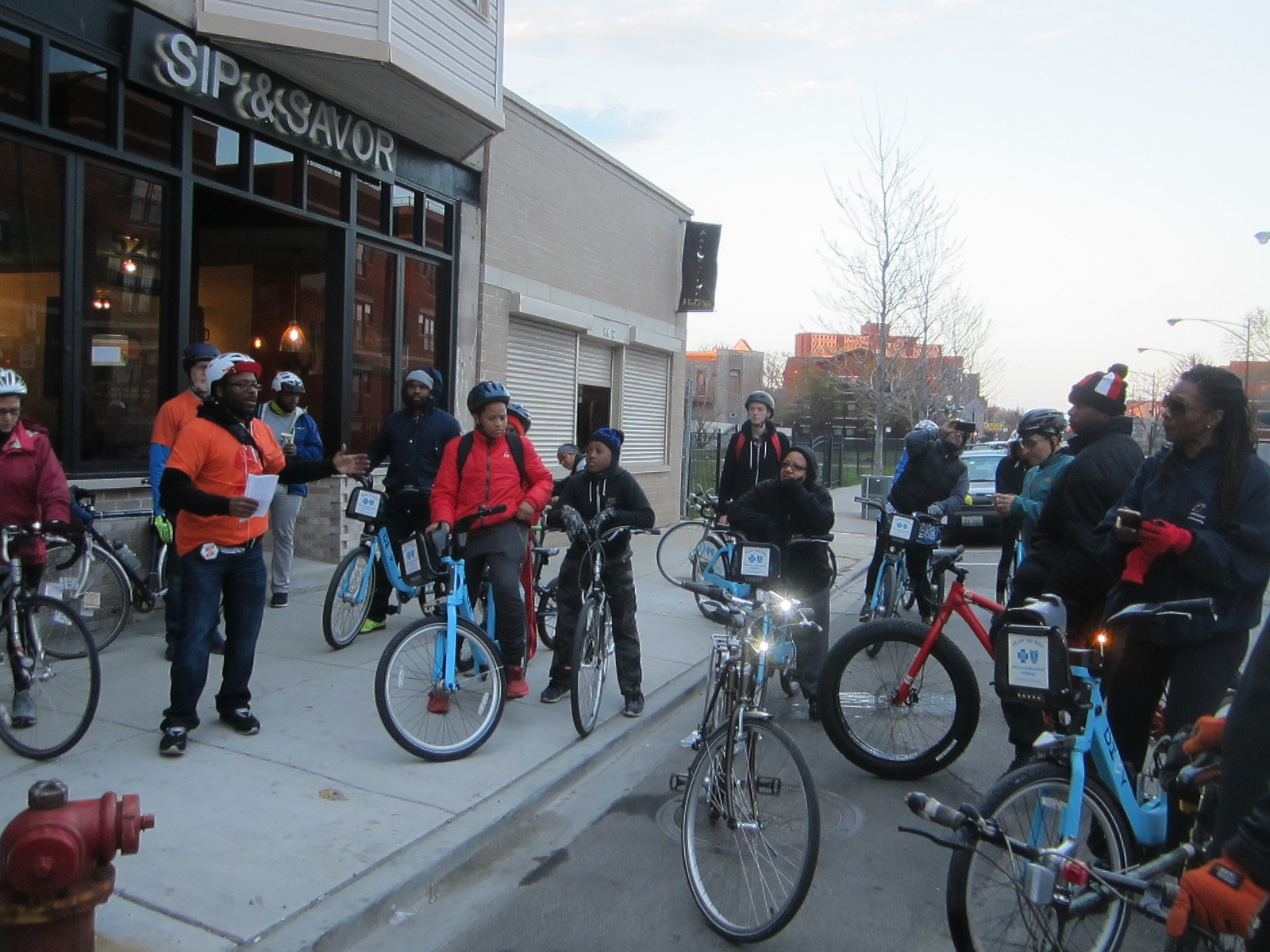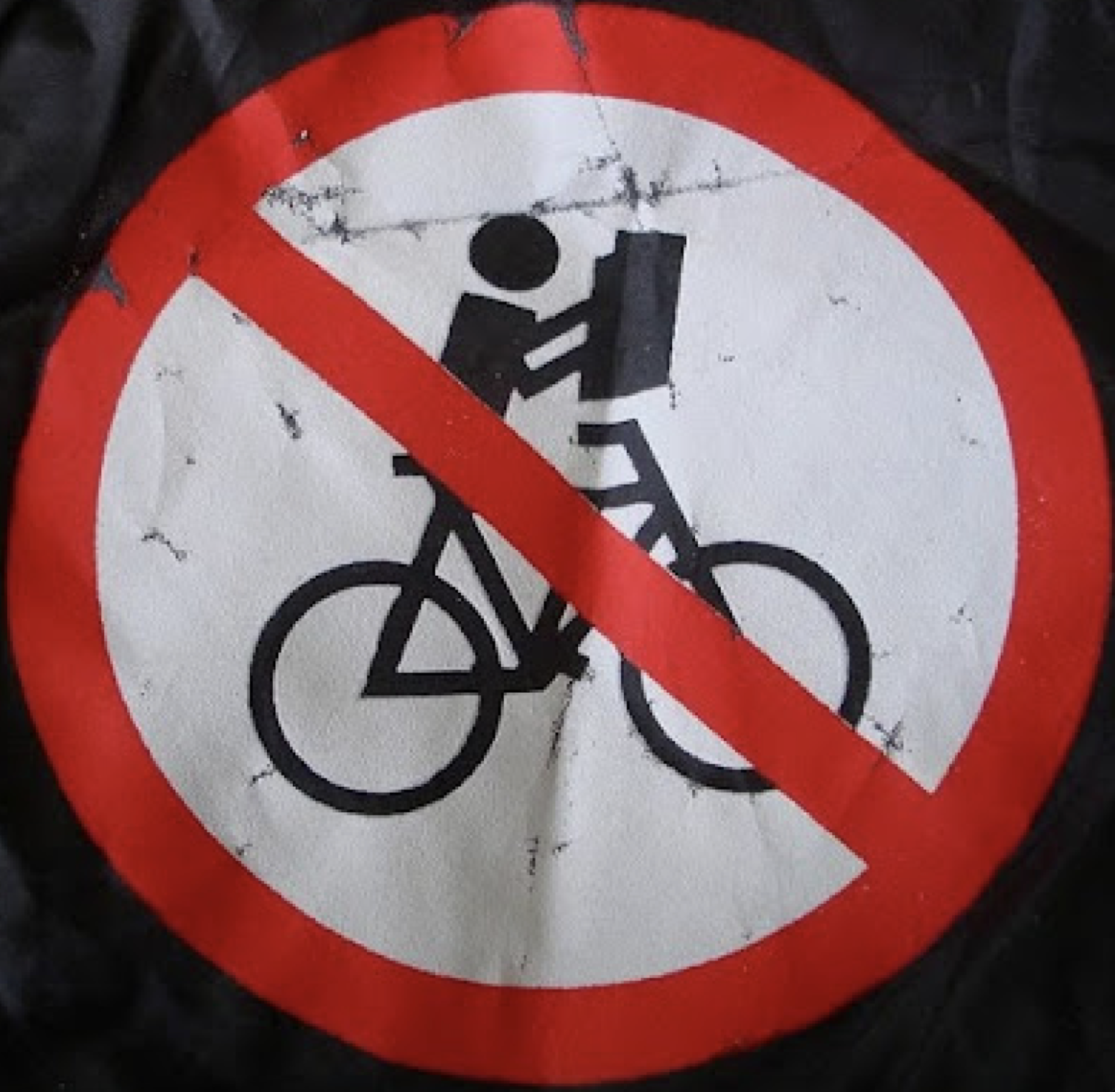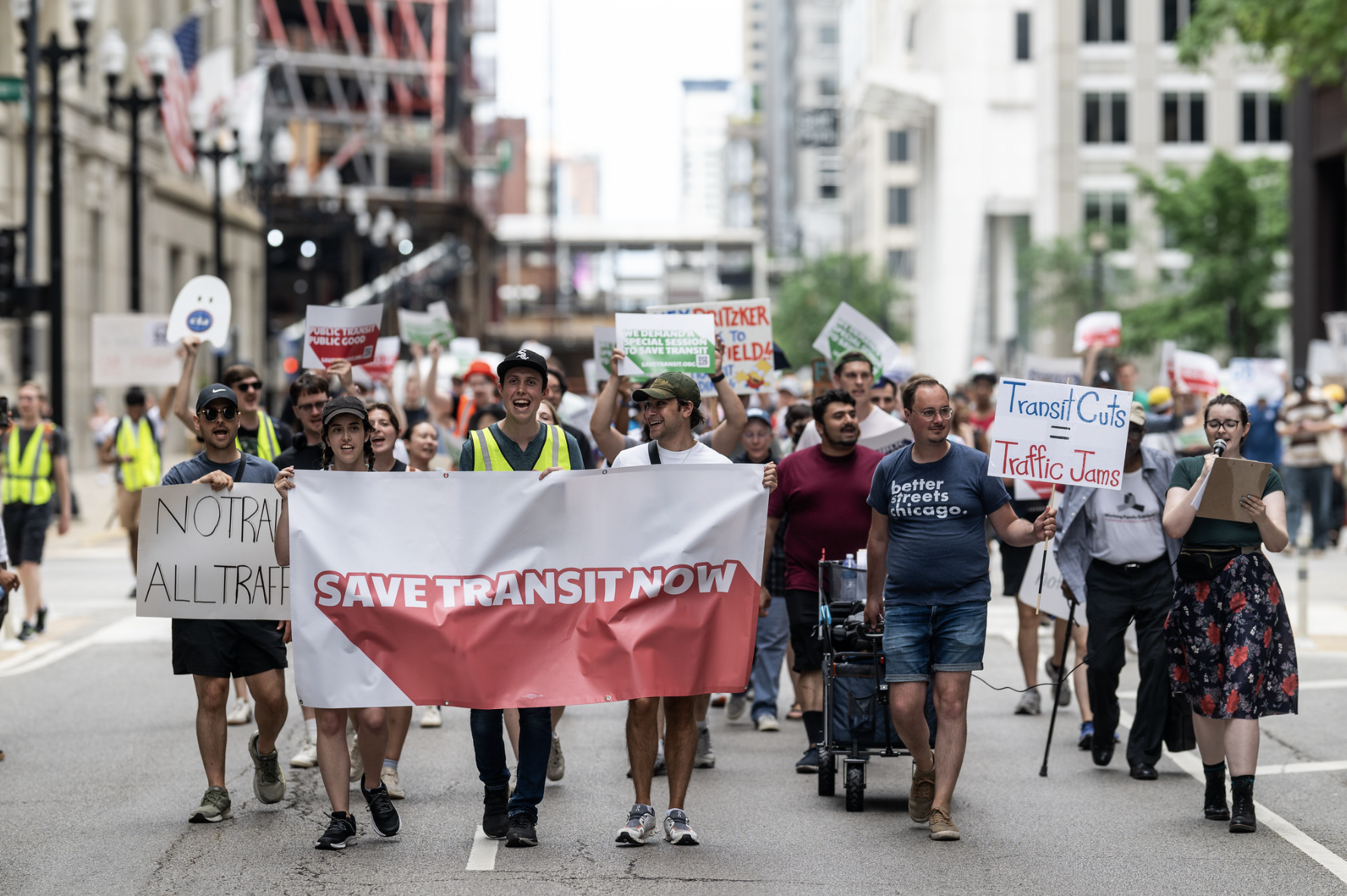Last week I reported on top 2017 Divvy rider Kerdia Roland, a young man who delivers food using the big blue bikes, pedaling a mind-boggling 6,275 miles in one year. I pointed out that, given Divvy’s past ridership demographics, some might find it surprising that the most prolific bike-share user is African-American.
A 2015 survey of annual membersfound that 79 percent of respondents were non-Hispanic whites, a group that currently makes up only 32.6 percent of the Chicago’s population. In addition, 65 percent of responding members were male, the average age was 34, the majority had middle-to-upper incomes, and 93 percent had a college degree or more.
These numbers were problematic, because a transportation system subsidized by taxpayer money that mostly serves relatively affluent Caucasians doesn’t represent a fair use of public funds. And, as mobility justice organization like the Black- and Latino-led group Slow Roll Chicago have pointed out, lower ridership means that people of color are missing out on the mobility, health, and economic benefits of cycling.
To the city's credit, since the survey results came out, it has focused on expanding the bike-share system into more communities of color in an effort to address this imbalance. In addition, the Chicago Department of Transportation rolled out the Divvy for Everyone (D4E) initiative in summer 2015, which offers one-time $5 annual memberships to Chicagoans making less than $35,310 a year, and waives the usual credit card requirement.
The second year of membership for D4E participants costs $50 upfront or $60 in monthly installments, while the third year costs the normal $99 rate, but can still be paid for without a credit card. The city has been promoting the program on the South and West sides via Divvy outreach staff and the Chicago Department of Transportation’s Bicycling Ambassadors, and there are currently 1,730 active D4E members.
Recently, Divvy provided the results of 2017 surveys that indicate how these equity initiatives are working out. A preliminary report from the bike-share service cautions that, while new strategies to boost survey participation are being developed, the response rates for the surveys are currently 19-25 percent, so they may not offer a completely accurate demographic picture. Moreover, while the information about standard Divvy members was collected during opt-in surveys, the info about D4E members was gathered during the in-person enrollment process at five LISC Financial Opportunity Centers in various parts of town.
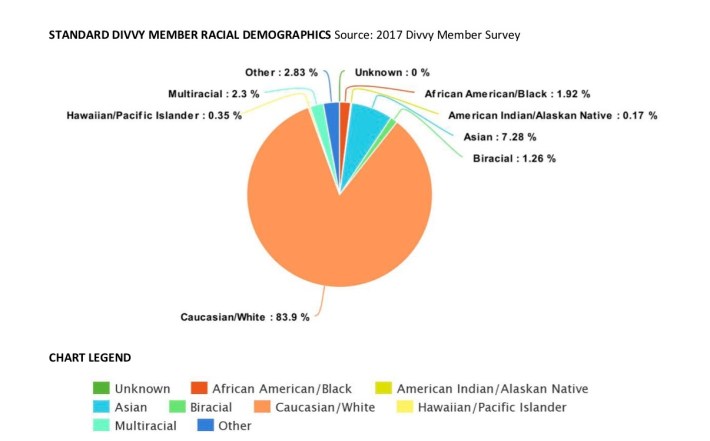
First the bad news. According to the new survey, standard Divvy membership appears to have gotten even whiter than it was in 2015, although this issue is a little complicated, for reasons I’ll explain below. Caucasians, formerly 79 percent of members, now make up 83.9 percent of Divvy’s 35,000-plus standard memberships. 7.28 percent of standard members are Asian (a group that makes up about 6 percent of the city’s population), while only 1.92 percent of standard members are African-American (currently 29.3 percent).
Complicating matters is the fact, unlike the 2015 survey, the 2017 survey racial demographics don’t include a category for “Hispanic” (Hispanics can be of any race), so comparing the data for the two years isn’t quite an apples-to-apples situation.
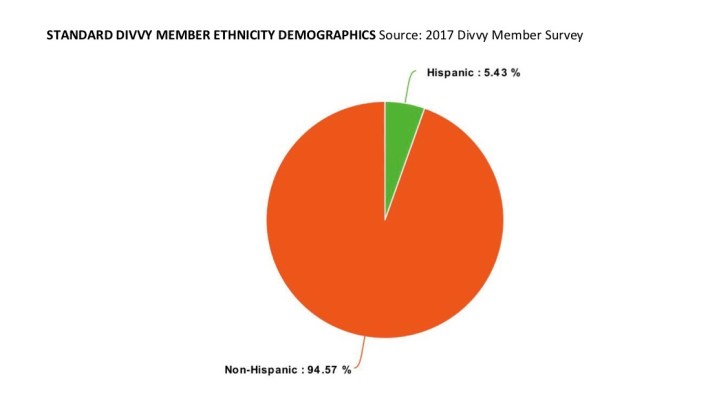
Meanwhile, there are separate graphs for 2017 ethnicity data, which shows that 94.57 percent of standard members are non-Hispanic, while only 5.43 percent are Hispanic (a group that currently makes up 29.7 percent of the city.)
The good news is that D4E membership, as measured by 2017 LISC survey data, is much more diverse. Whites account for 28 percent of the discounted memberships and African Americans make up 27.7 percent.

Surprisingly, Asians constitute a full 27 percent of D4E members, about 4.5 times this group’s proportion of the city population. “It's certainly interesting and a data point we are looking to unpack as part of our ongoing outreach work,” Divvy spokeswoman Kelly Goldthorpe says. “The leading hypothesis (and I stress hypothesis) is that it could be driven by local universities.”
As for D4E ethnicity demographics, 82.3 percent of $5 memberships have gone to non-Hispanics, 12.4 percent have gone to Hispanics, and 5.3 percent of D4E members’ ethnicities are unknown (presumably these people didn’t respond to this question.)
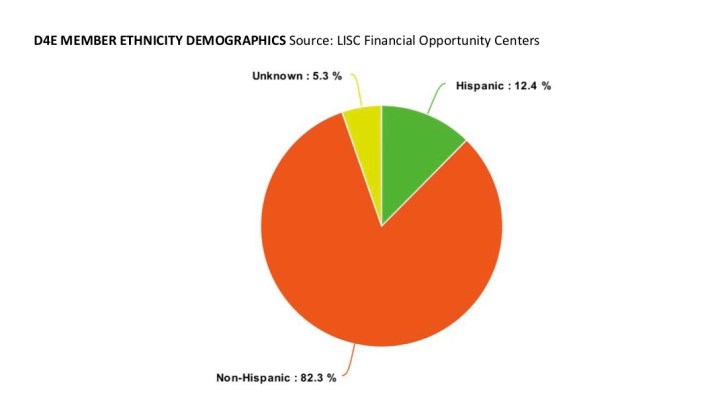
While it’s disappointing that standard Divvy membership hasn’t become more diverse, it’s encouraging that the Divvy for Everyone program seems to be doing its job to encourage participation among groups that previously weren’t well represented. “We are glad to see that the D4E program is increasingly diversifying our member base,” Goldthorpe says.
Still, as Sunday’s Chicago Tribune editorial pointed out, there’s still a long way to go in making Divvy more accessible to people of color on the South and West sides, as well as boosting ridership. The city should interpret the D4E figures as a sign that things are moving in the right direction, but it still needs to shift South and West Side station installation and outreach to a higher gear.
